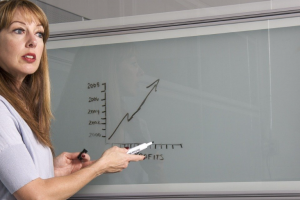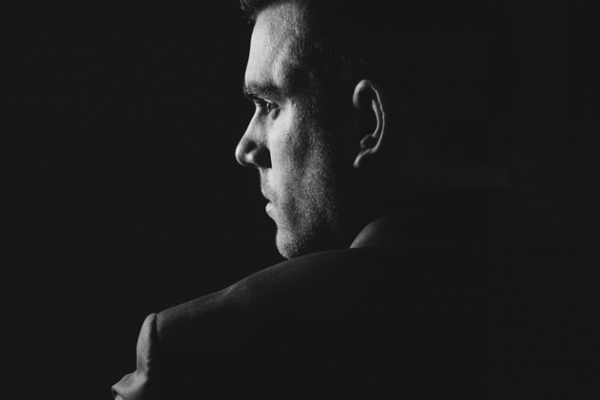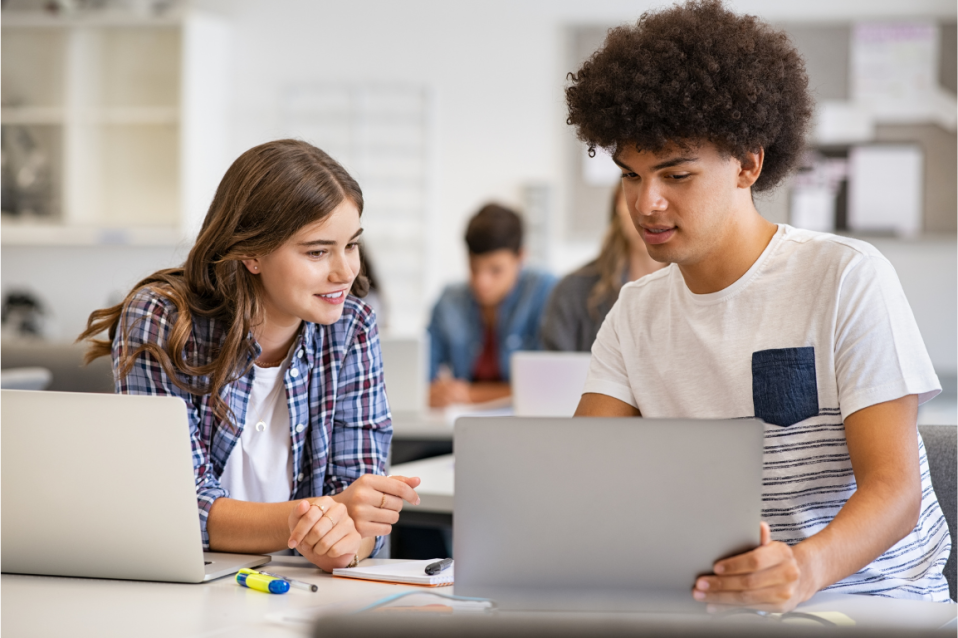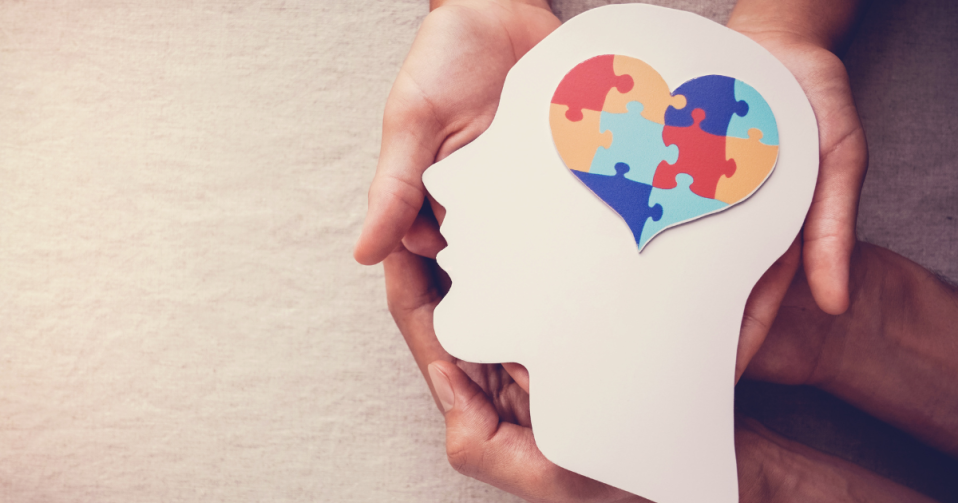 What was going through your head when the first lockdown was announced? I know my first questions were ‘How long will we be in this lockdown for?’ and ‘When will I be able to see my friends again?’ But then I realized there would be some people out there that had a lot worse things to worry about, ‘Will I lose my job?’, ‘Will I be able to pay my rent this month?’, so really, I didn’t have it bad at all. But after hearing about all the children being taken out of the classroom and thrown into online learning, my thinking changed:
What was going through your head when the first lockdown was announced? I know my first questions were ‘How long will we be in this lockdown for?’ and ‘When will I be able to see my friends again?’ But then I realized there would be some people out there that had a lot worse things to worry about, ‘Will I lose my job?’, ‘Will I be able to pay my rent this month?’, so really, I didn’t have it bad at all. But after hearing about all the children being taken out of the classroom and thrown into online learning, my thinking changed:
‘What did our teachers have to go through?’ ‘What was is like to be a teacher during the pandemic?’ ‘How did teachers manage their wellbeing during all of this?’
When the first lockdown was announced
I personally heard people say negative things about teachers when the first lockdown was announced, but I think those people may have been too quick to judge. We forget sometimes that teachers are human beings just like you and me. Teachers have fears, stresses, anxiety; and they have other family members to take care of too, just like everyone else. They also don’t work the standard 9-5 that people assume they do. They start early in the morning, finish sometimes late into the evening, and even then, they take their worries and stresses about their pupils home with them. For many, teaching is a calling and not just a job.
I spoke with head teacher Kelly MacKay who, in January, was dealing with flooding in her local area, on top of her duties as head teacher of a primary school. Then, shortly after the flooding chaos, she was hit with the lockdown announcement. As head teacher, the first thing Kelly had to do was prepare the staff and parents for the pandemic. Remote learning had to be put in place, parents had to be notified of the changes that would be taking place, at the same time Kelly still had to conduct her normal head teacher duties. 60% of primary school parents across the UK later reported that they were struggling with the remote learning, so getting this system working as smoothly as possible added to the stress and pressure that Kelly, like so many other head teachers, was placed under. Not only that, but also wellbeing training had to be put in place so that the teachers could still do their job effectively and stay well mentally and emotionally. Kelly’s school managed to provide their students with remote learning within one week of the announcement. Amazing!
Switching to remote learning
After speaking with author, part-time lecturer and former head teacher David Gumbrell, I have realized that one positive thing that came from the pandemic for teachers is that the relationships between themselves and other teachers became so much stronger. There was the realization that the connectedness between staff members was what made remote learning work. They had to be resilient and work together as a team to be able to do their jobs successfully.
I think I can speak for most people when I say we all have some sort of routine we each follow day in day out. Having a routine gives us feelings of safety and security. When teachers had to go from face-to-face learning to remote learning, a whole new routine had to be created for themselves and for their students. David came up with a strategy to break up his lectures while still providing work for his students. This was so important because the students were getting the education they needed as well as having breaks in between to support their wellbeing and carry on interactively with their class. Throughout the pandemic it is so important to create strategies and routines. One strategy David kindly shared with me was simple: self-compassion. He informed other teachers that they had to take care of themselves first to be able to help and teach their students successfully. Self-compassion is composed of three parts: self-kindness, common humanity and mindfulness. These three parts mean that you are understanding and kind to yourself, you realize you aren’t the only one that feels pain and then overcoming your pain and suffering through mindfulness. Self-compassion is all about loving yourself through the pain and suffering you are feeling.
Preparation strategy
Many people have some sort of mental health related issue at some point in their lives, and teachers are no exception. So imagine how the pandemic has affected the number of those teachers who might have already been suffering with anxiety and stress for example, before the pandemic. The government provided funding for teachers to help their student’s mental health but, how are teachers supposed to provide their students with help when they themselves are struggling? We need to help our teachers with their wellbeing so that they can help their students – our next generation! It has been proven that children mirror the behaviours of their role models and those they spend a vast majority of their time with; we need our teachers to be happy and mentally & emotionally healthy so that children can mirror their positivity.
Adam Parkes, who specializes in teacher wellbeing kindly shared with me one of his strategies for helping teachers during the pandemic. He told the teachers that he works with to ‘visualize the worst-case scenario’. This may sound counter-intuitive, but everything else that then happens instead will seem like a bonus! And ‘Prepare to test positive for COVID-19.’ By following this advice, teachers could then plan and prepare to work remotely and would already have everything in place to carry on, should COVID strike.
Support our teachers
Steve Waters, a former teacher who is now working with schools to create strategies for teacher wellbeing, says that in a recent poll of head teachers in the UK, a staggering 47% said that they were planning to leave their jobs after the pandemic. We were already in need of teachers and the pandemic has now compounded the problem. It has really caused teachers to view their jobs in a completely different light. According to Steve, the way that schools and their results are being inspected during the pandemic really needs to be re-considered as it is driving our teachers to leave their jobs which will then have a massive negative impact on the education of our next generation.
As Adam Parkes said, ‘Don’t let our teachers feel like they are pawns in a game.’ Don’t forget that teachers are just human beings like you and me, they are going through the exact same stresses caused by the pandemic, that you and I may share, on top of giving your children and everyone else’s children the education they need and deserve.
Resilience, self-compassion, connectedness, kindness, flexibility, active listening and expecting the unexpected. These are all things teachers have had to learn and apply to their everyday life whilst still coping with the already-present stresses of the teaching. We need to support our teachers now more than ever!
– Shawmind aims to train 151,000 teachers in the basics of mental health support over the next 5 years – you can help us achieve this goal!
Article written for Shawmind by Angelica Shaw





